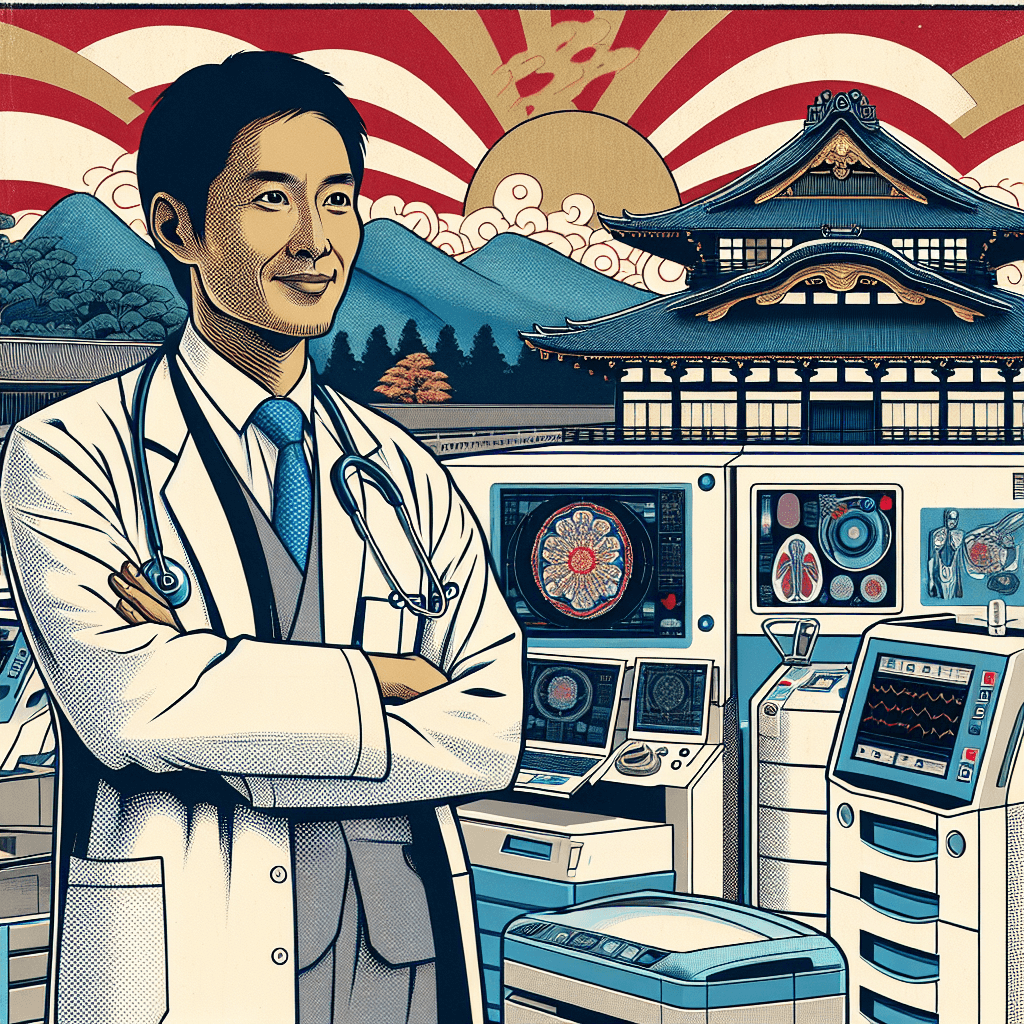Beyond AutoML: Key Components for Successful Deployment in the Medical Field
syndu | Jan. 20, 2024, 8:36 a.m.

You are correct in your assessment that Automated Machine Learning (AutoML) is not the only component needed to create a comprehensive solution in the medical field. While AutoML can simplify the process of model selection, hyperparameter tuning, and model evaluation, there are several other critical elements required to build a robust and effective application. Here's a breakdown of the key components you mentioned:
1. Data: The foundation of any machine learning application is data. In the medical field, this could include patient records, lab results, imaging data, and more. The quality, quantity, and diversity of the data are crucial for training effective models.
2. Secure Application: Security is paramount, especially when dealing with sensitive medical information. The application must comply with regulations such as the Health Insurance Portability and Accountability Act (HIPAA) in the United States or the General Data Protection Regulation (GDPR) in the European Union. This involves implementing strong encryption, access controls, and data protection measures.
3. Data Upload Mechanisms: There must be secure and efficient ways to upload medical information into the system. This includes structured data (like CSV files) and unstructured data (such as medical images or free-text clinical notes).
4. Framework for Running Models: Beyond AutoML, you need a robust infrastructure to run these models. This could be on-premises servers or cloud-based solutions that offer scalability and computational power to process large datasets and complex algorithms.
5. Human Review: Machine learning models in healthcare must be reviewed and interpreted by medical professionals. The output of the models should support clinical decision-making but not replace the expertise of healthcare providers.
6. Synthesis with Generative AI: Generative AI can be used to synthesize findings and conclusions from the model outputs. This can help in creating reports or summaries that are easily understandable by healthcare professionals.
7. Formal Evaluation and Publication: Rigorous evaluation of the models is necessary to validate their performance. This involves statistical analysis and clinical trials. Subsequent formal publication in scientific journals or other platforms is essential for peer review and wider adoption.
Continuous monitoring and retraining with new data are necessary to maintain the accuracy and relevance of the models.
8. Continuous Monitoring and Improvement: Machine learning models can drift over time as new data comes in or as the underlying patterns in the data change. Continuous monitoring and retraining with new data are necessary to maintain the accuracy and relevance of the models.
9. Integration with Healthcare Systems: The AI system should integrate well with existing healthcare systems, such as Electronic Health Records (EHR), to ensure seamless workflow and data exchange.
10. User Training and Support: Healthcare professionals using the system need to be trained not only on how to use the application but also on the interpretation of the model outputs. Ongoing support is also important for addressing any issues that arise.
In summary, while AutoML is a powerful tool that can accelerate the development of machine learning models, it is only one piece of a larger ecosystem. A successful deployment in the medical field requires careful consideration of data, security, infrastructure, human expertise, regulatory compliance, and integration with existing systems.
Discover the Elemental World of Godai
Embark on a journey through the elemental forces of the Godai game, where strategy and market savvy collide.
Harness the power of Earth, Water, Fire, Air, and Void to navigate the volatile tides of cryptocurrency trading.
Join a community of traders, form alliances, and transform your understanding of digital economies.
Enter the Godai Experience




